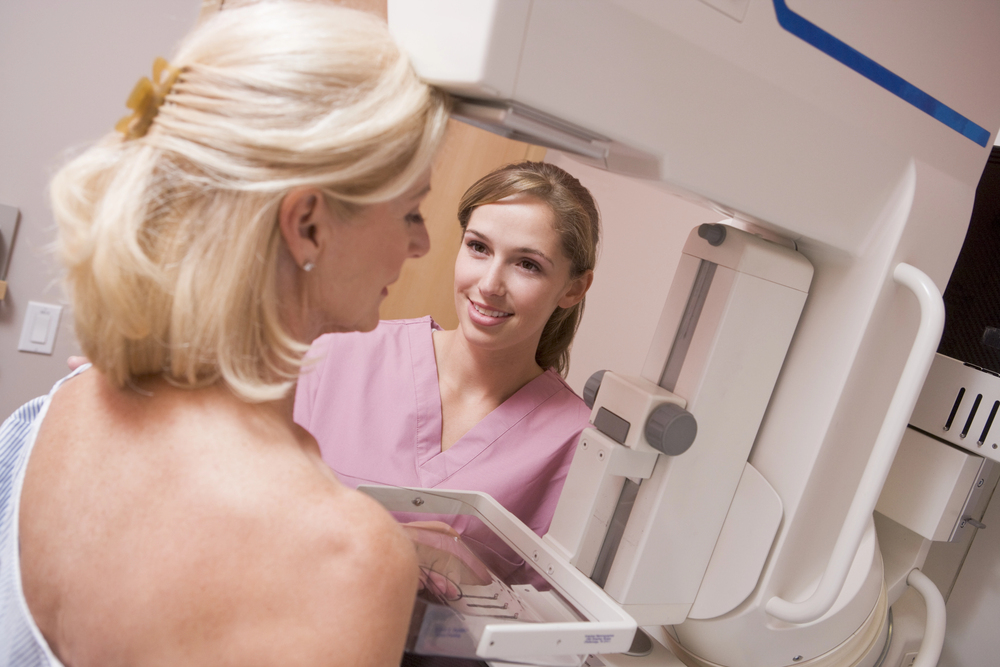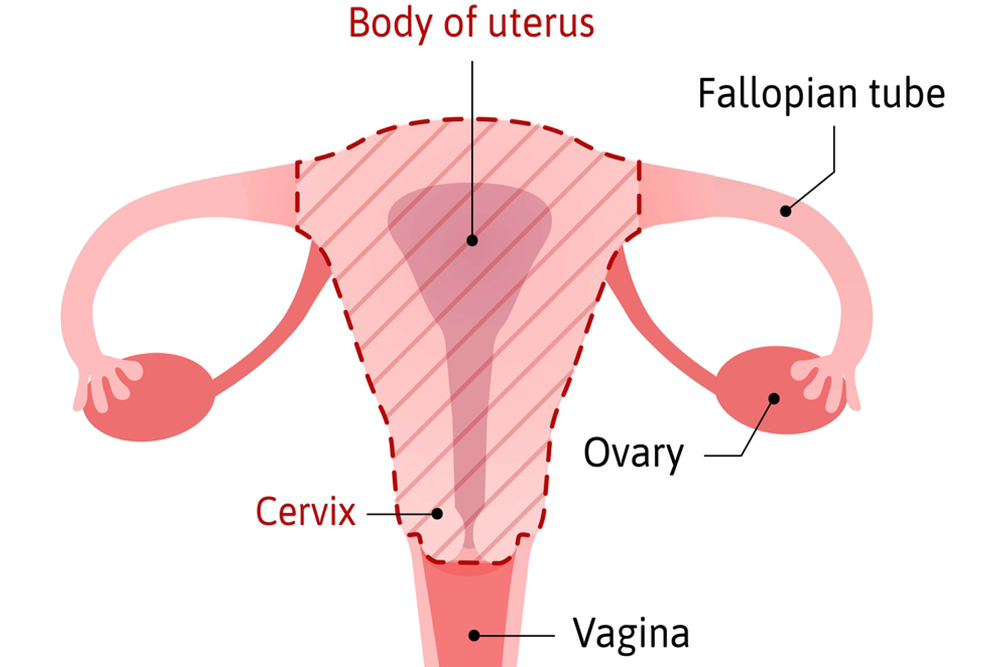
Understanding Your Mammogram Results
Interpreting mammogram results can be an emotional and confusing process for many women. These results...
Read MoreA mammogram is an X-ray of your breasts. It’s one of the best ways to identify breast cancer early — in some cases, up to three years before a tumor could be detected in a physical exam — and early identification often makes treatment more effective.
Regular mammograms should become part of your health care plan as you get older, and the American Cancer Society recommends that most women have their first screening before age 45. But if you recently had a mammogram, you might be wondering what your results mean, especially if you’ve been told that you have dense breasts.
Nearly half of women who get mammograms have dense breast tissue, and there can be a lot of confusion around the diagnosis. How can you know if you have dense breasts? Does cup size affect breast density? Does having dense breasts increase your risk of breast cancer?
At The Women's Center, our team of specialists is here to help. We offer mammograms and comprehensive breast care for women of all ages, and it’s time to find out what it means to have dense breasts.
When you get a mammogram screening, your radiologist reviews your X-ray images, looks for signs of breast cancer, and evaluates the presence of different types of tissue.
Your breasts are made of three different types of tissue: glandular tissue, fibrous tissue, and fatty tissue. Glandular tissue creates and transports milk; fibrous tissue secures your breasts in place; and fatty tissue surrounds the other tissues.
Fatty tissue is not dense and appears dark and transparent on mammogram images. Supportive, fibrous tissue is dense, and it’s solid white on mammogram images. If you have more dense tissue than fatty tissue, you have dense breasts.
Roughly 1 in 10 women has extremely dense breasts, which means that nearly all of her breast tissue is dense. Heterogeneously dense breasts are more common, with 4 in 10 women having some areas of non-dense tissue among denser areas.
Another 4 in 10 have what’s known as fibroglandular density. These women have some areas of dense tissue, but most tissue is non-dense. Only about 1 in 10 women has almost entirely fatty breast tissue, with very little dense tissue at all.
The exact causes behind dense breast tissue aren’t well understood. A few factors that could increase your risk of breast density include:
While younger women and women with smaller breasts are more likely to have dense breast tissue, any woman can have dense breasts.
Breast density matters because it affects your risk of breast cancer. Dense breasts can make it more difficult to identify breast cancer with mammogram screening.
Dense tissue appears white on X-ray images, which can mask tumors or potential signs of breast cancer in the images, because they also appear white. By contrast, non-dense tissue is transparent, and it can make unusual growth easier to identify.
Along with obscuring X-ray images, dense breasts may also increase your risk of developing breast cancer. The more dense tissue you have, the greater your risk of breast cancer.
However, it’s important to know that having dense breasts doesn’t mean breast cancer is inevitable, and women with dense breasts are no more likely to die from breast cancer than women with non-dense breasts.
If you have dense breasts, talk to our team about your testing options. We may recommend other breast cancer screenings, like 3D mammograms, ultrasounds, or MRIs, depending on your health and other risk factors.
To learn more about mammograms and what your results mean, call our Hunter’s Creek location in Orlando, Florida, at 407-487-2167 or book an appointment online.




Interpreting mammogram results can be an emotional and confusing process for many women. These results...
Read More
Hysterectomy, a surgical procedure involving the removal of the uterus, is often considered a last...
Read More
Menopause marks a significant transition in a woman's life, bringing about various changes that can...
Read More